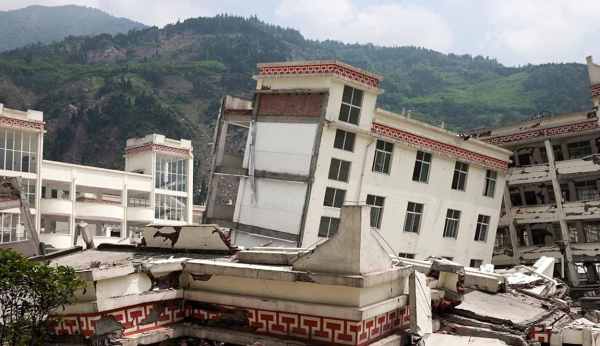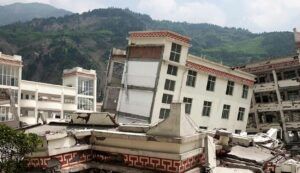
Earthquake: about the evening of October 5, Iran and Israel experienced a mild earthquake that sparked much conjecture about its origin. With a shallow depth of only 10km, Aradan, Semnan province was the epicenter for the 4.6 magnitude earthquake. The US Geological Survey reports that the trembles were felt as far away as Tehran, around 110km from the epicenter, at about 10:45 PM local time.

A second, smaller earthquake was recorded in Israel at midnight only minutes after the first one, which stoked further questions and hypotheses about the nature of these seismic occurrences.
Combining the odd timing of these events with the continuous tensions between the two countries resulted in social media rumors that a secret nuclear test was under way.
An X user hypothesised, “Iran went nuclear last night. Using the test bombs 10km below the surface close to Semnan, they guaranteed lowest radiation exposure and produced a 4.6 scale earthquake noted on seismographs.
Still another user said, “That Iranian earthquake really terrified Israel. Their blubbering over whether they would strike Iran is Looking like the secret is nukes. Nobody will tamper with a nuclear power nation-wide.
“Iran first proved its ability to deliver a warhead with pinpoint accuracy anywhere they want to, then came that desert earthquake that looks more and more like a nuclear test,” said a reply.
Another article said, “An earthquake of a 4.5 degree rocked Iran yesterday. Stories abound regarding it as a nuclear test. In February 2013 an earthquake in N Korea proved to be a nuclear test. Another name for a Nov 2017 Iran earthquake is N test. Iran managed to compile sufficient fissile material over one week. Reality, then?
Although subterranean nuclear tests may generate seismic activity, the details of this occurrence beg problems. Deeply buried Iran’s nuclear installations, like Natanz, show capacity for such activities via their fortification. Still, the modest depth and strength of the earthquake do not clearly point to a nuclear test as subterranean explosions without surface disturbance are difficult.
But given Iran’s increasing nuclear capacity, the political environment of today fuels further worries. On October 1, Iran fired about 400 missiles into Israel after major leaders in Hezbollah and Hamas were killed.
Following Hamas’s invasion on southern Israel on October 7, 2023, Jewish state airstrikes have claimed over 42,000 Palestinians dead and internally displaced almost the entire Gaza population. Apart from Gaza, Israel has also attacked areas of southern Lebanon, resulting in 2,000 deaths and thousands more forced fleeings for safety. With backing from the United States, Benjamin Netanyahu’s government—despite the escalating humanitarian crisis—showcases no indication of slowing down military operations.